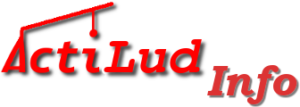Invariance
Invariance is one of the advanced techniques. It requires the establishment of hypotheses. We choose empty cells (or cells containing Booleans) and successively set them to true and false, then observe the result. Let A and B be two empty boxes or boxes containing booleans. If, whatever the true or false state of A, B […]
